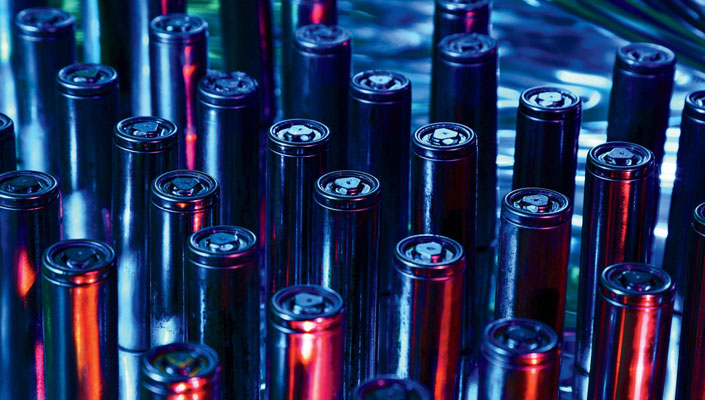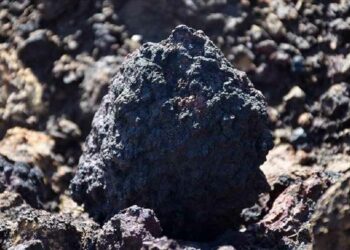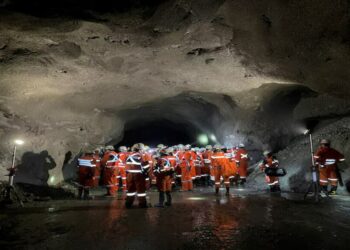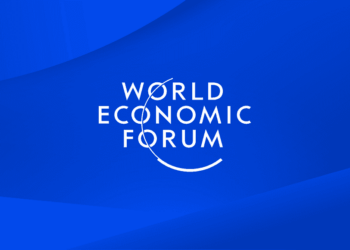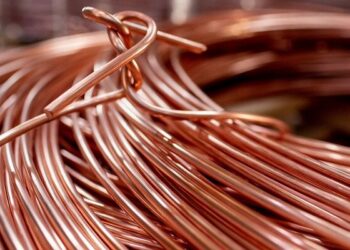KU Leuven University in Belgium conducted a study in which they found that the EU’s Green Deal of total climate neutrality by the year 2050 needs 35 times more lithium, and possibly 7 to 26 times the current rare earth metals use currently on the continent. This massive energy transition could require 35% more copper, 30% more aluminum, 45% more silicon, 100% more nickel, and up to 330% more cobalt.
These differences are a large gap to fill for Europe, and they will have to rely on imports for a large majority of these metals if they want to meet their Green Deal goals. This means that Europe will need to establish long-term contracts with nations that can provide them with the battery metals they need, such as Australia, Chile, Ecuador, and Congo. Europe will also need to invest in its own resources and recycling infrastructure to make sure that they are not reliant on other nations for these metals.
The study also found that the majority of these battery metals will need to be sourced from primary mines, as recycled materials will only be able to provide a limited amount. This means that the world will need to supply more mines in order to meet the demand for these battery metals.
One such project, The Warintza Project in southeastern Ecuador, has proven to be a highly prospective project with a recent mineral resource update outlining resources of 1.5 Bt @ 0.5% CuEq with a robust starter pit of 0.3 Bt @ 0.8% CuEq from the first of four high-grade deposits discovered on the property. The company behind the project, Solaris Resources, has advanced the project to be one of the most robust greenfield copper development opportunities in the industry, potentially worth billions. The company most recently reported assay results from holes aimed at upgrading and growing mineral resources and continues to increase the strike length with near-surface, high-grade mineralization, directly adding resources to the starter pit, with the limits of the deposit yet to be found.
Copper exploration is one of the areas that has seen little investment in past decades, leading to a shortage of high-grade projects. Large mining companies have been focused on gold and lithium, leaving behind a number of good-quality copper projects. With the rise in electric vehicles and the demand for battery metals, investment in copper exploration and development projects is on the rise.
To expand production quickly, large copper mining companies such as BHP and Rio Tinto have been working on automating their mines. This has led to an increase in production, with BHP’s Australia mine seeing an increase in production after the introduction of autonomous trucks and drills. However, to scale up production quickly, a common strategy is to focus on project acquisition, of which Solaris’ Warintza copper project is a prime target.
The shortfall for the EU Green Deal highlights how quickly this might shift. The current situation has also been made worse by supply chain disruptions due to the COVID-19 pandemic. The majority of these battery metals and rare earths are sourced from China, and the pandemic has led to a number of disruptions in the supply chain. This has led to a rise in prices for these metals, and it is expected that the price will continue to rise as demand increases.
For copper, lithium, and rare earths explorers, this is the moment when their work is being valued more than ever, and so are their projects.



